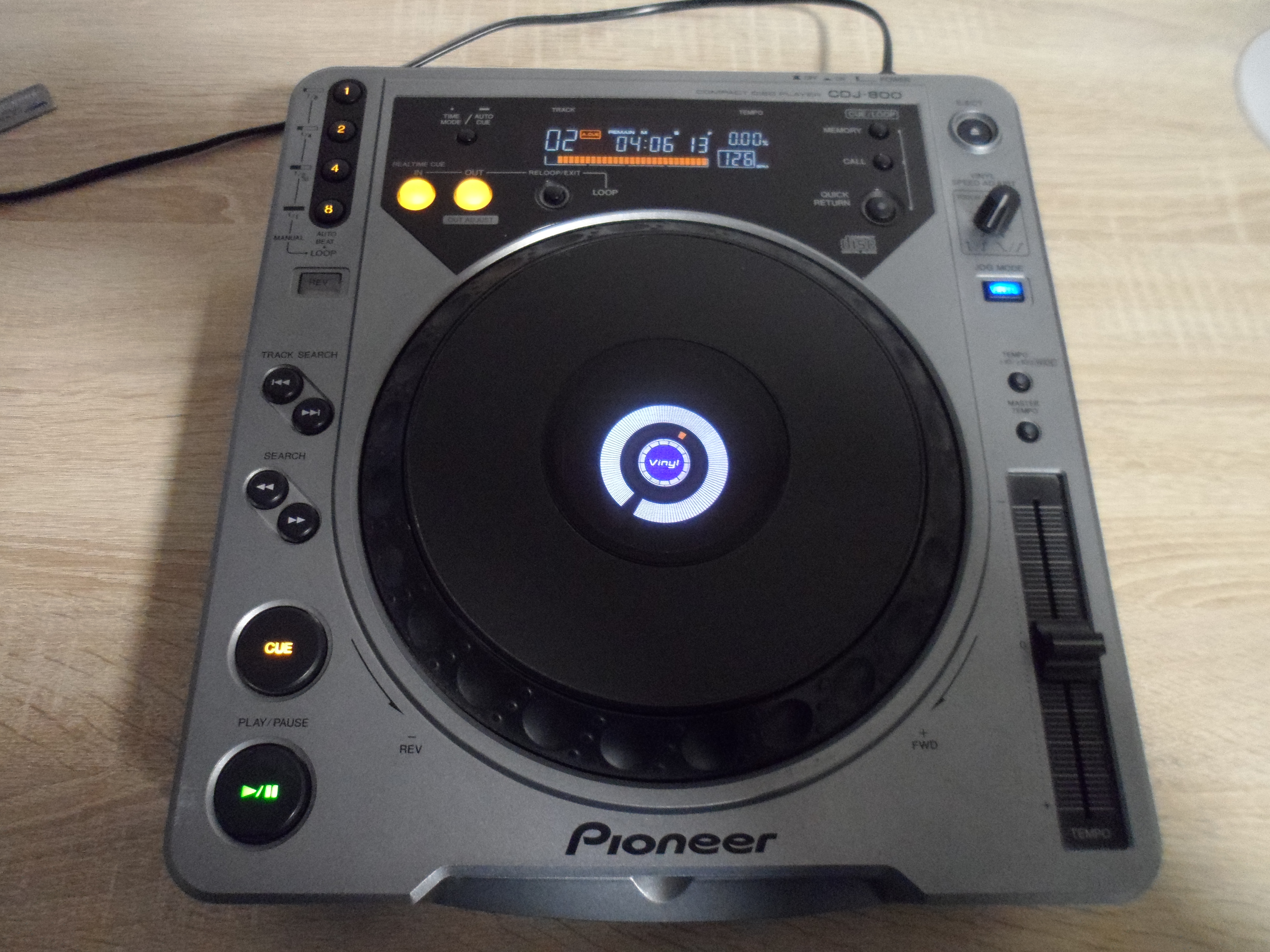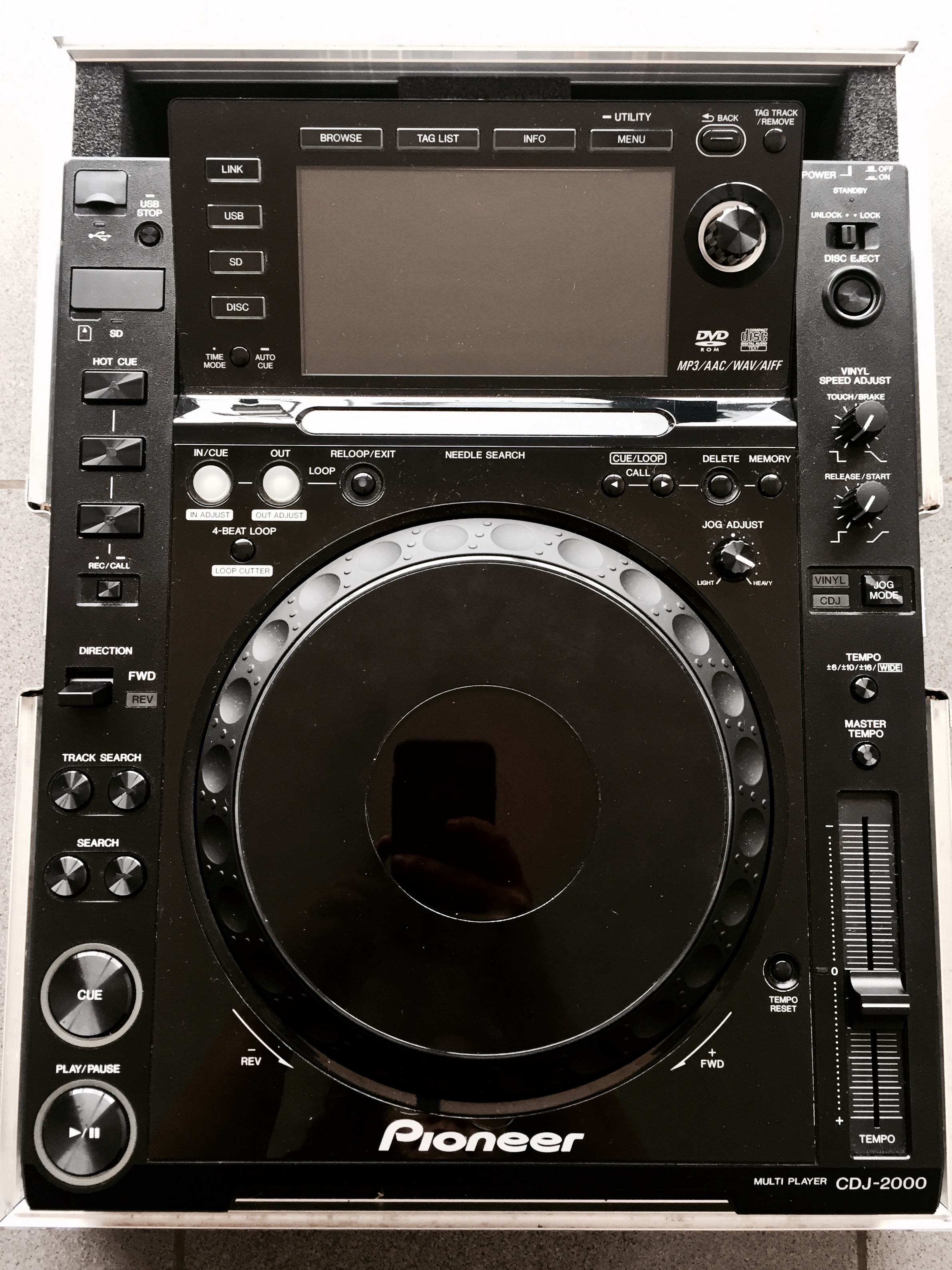

The CDJ-100S was a CDJ model that was released in early 1998. It marked the first inclusion of an anti-skip system. The CDJ-500S (also known as the CDJ-700S in the United States) released in 1997, was a smaller version of the CDJ-500. Pioneer later released the CDJ-500II, with the only changes being slightly faster performance, Loop Out adjustable and the maximum loop length was increased to 10 minutes. The pitch control was +/- 10% only, and Master Tempo allowed the pitch to be locked despite tempo changes being made.Īll models of the 500 had top-opening CD loading, which is opposite to all the later ranges of CDJs (starting with CDJ-100S in 1999) which have since had front slot-loading of discs. It included a loop function, as well as loop-out adjust, and other facilities associated with looping samples from the track being played. The first Pioneer player to have a Jog Dial, (although Technics were the first to feature a jog dial in 1986 with the SL-P1200), allowing for cueing of the CD unlike rack-mounted CD players that were common at the time. However, there was a Pioneer CDJ-300 that was released in 1992. The CDJ-500 (known as the Mark 1 once the second version was released) was recognized by Pioneer as their first CDJ CD player, released in 1994. For unknown reasons, the Pioneer CDJ-300 is left out of most popular accounts on CDJs.
#PIONER CDJ1000 SOFTWARE#
Pioneer integrated its software rekordbox with the CDJs to prepare music with cue points, accurate BPM, and search/playlist functions. Pioneer CDJs released after the CDJ-400 can play from USB sticks as well as CDs. Models released prior to the CDJ-1000 lacked this feature. The Pioneer CDJ-400, CDJ-800, CDJ-850K, CDJ-1000, CDJ-900, CDJ-2000 and the latest model CDJ-3000 have a vinyl emulation mode that allows the operator to manipulate music on a CD as if it were on a turntable. Currently, Pioneer DJ CD players are now the most commonly found in dance clubs and are seen as the industry standard by many DJs. It quickly became the industry standard and was widely adopted in most clubs and mobile DJs throughout the 90s up until 2004 when Pioneer made an impact with the CDJ-1000. In 1993 Denon was the first to implement a 2 piece rack mounted dual-deck, variable-pitch, CD player with a jog wheel and instant cue button for DJs.
#PIONER CDJ1000 PRO#
Many pro audio companies such as Gemini Sound Products, Denon, Numark Industries, Stanton Magnetics, and Vestax produced DJ quality CD players. Additionally, some can function as DJ controllers to control the playback of digital files in DJ software running on a laptop instead of playing the files on the CDJ. Many have additional features such as loops and beat analysis that are not present on turntables. CDJs have jog wheels and pitch faders that allow manipulation of the digital music file similar to a vinyl record on a DJ turntable. In typical use, at least two CDJs are plugged into a DJ mixer. Originally designed to play music from compact discs, many CDJs can play digital music files stored on USB flash drives or SD cards.

A DJ setup in a nightclub, consisting of three CDJs (top), three turntables for vinyl records and a DJ mixerĪ CDJ is a specialized digital music player for DJing.


 0 kommentar(er)
0 kommentar(er)
